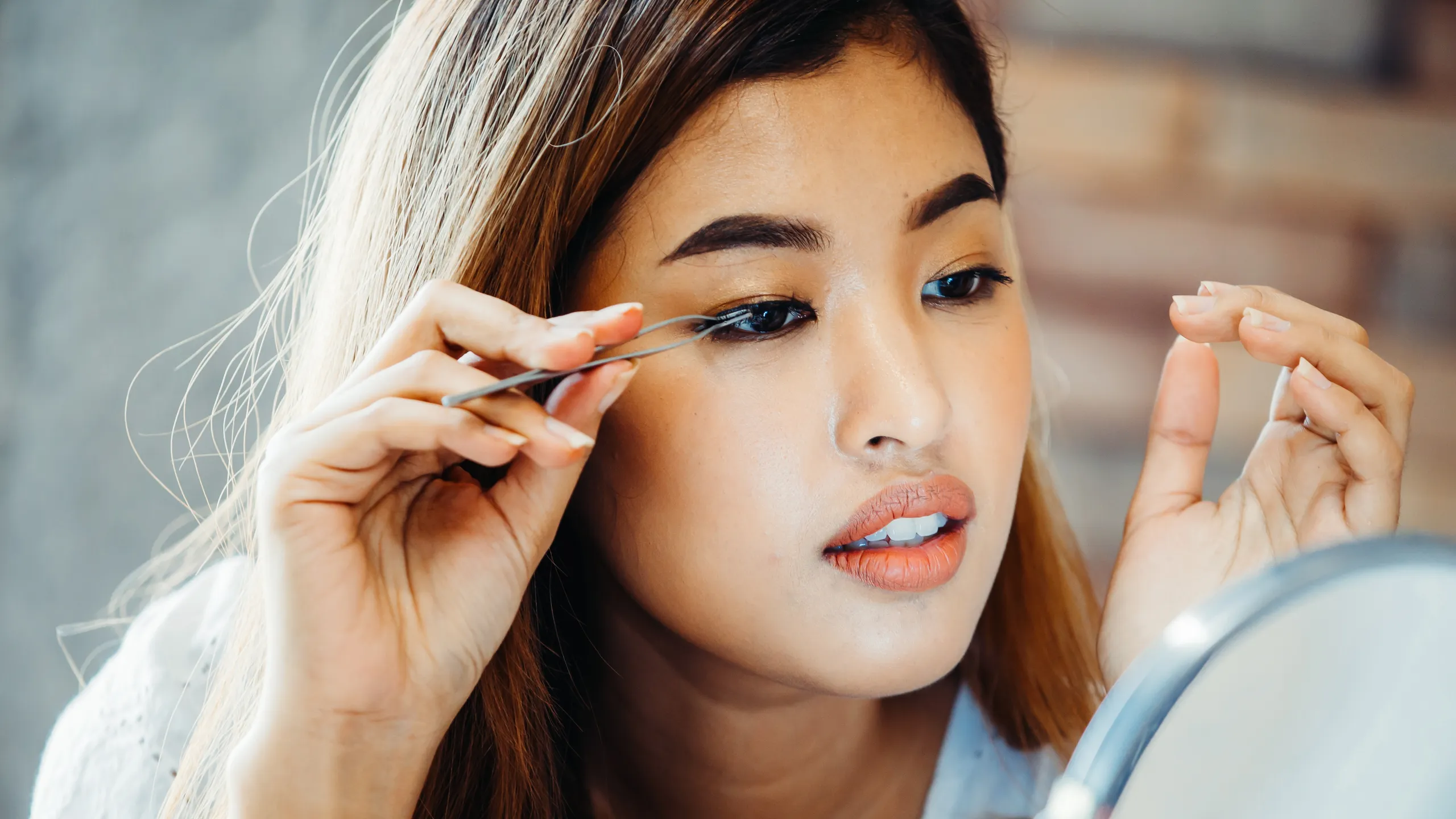The Unexpected Origins of Fake Eyelashes
Fake eyelashes are a must-have in today’s beauty world, instantly adding drama and elegance to any look. But have you ever stopped to wonder—who actually invented fake eyelashes? Surprisingly, the journey of false lashes goes way back, with some pretty wild stories along the way!
The Ancient Love for Long Lashes
The obsession with long, fluttery lashes isn’t new. In ancient Egypt and Rome, both men and women used mixtures of charcoal, crushed minerals, and plant oils to darken and lengthen their lashes. While these weren’t fake eyelashes as we know them today, they were an early attempt at enhancing beauty.
The First Fake Eyelashes in the 19th Century
By the 1800s, women were trying all kinds of ways to make their lashes look longer. Some used homemade remedies, while others went to extreme lengths—literally. There are records of people stitching human hair onto their eyelids to create the illusion of fuller lashes. Sounds painful, right?
Karl Nessler’s Beauty Breakthrough
In 1902, Karl Nessler, a German-born hairdresser, came up with one of the first versions of artificial lashes. Known for his innovative hairstyling techniques, he also experimented with lash enhancements and even patented a method for creating and applying false eyelashes. This was a game-changer in the beauty industry.
How Hollywood Made Fake Eyelashes Famous
The real explosion of fake lashes happened thanks to the movies. In 1916, film director D.W. Griffith wanted actress Seena Owen to have bold, dramatic eyes for his silent film Intolerance. His solution? Handmade lashes created from human hair and glued to her eyelids. That moment in Hollywood history helped spark the fake eyelash trend we know today.
The Rise of False Lashes in Everyday Beauty
By the 1950s and 1960s, fake eyelashes had become a beauty essential. Celebrities like Marilyn Monroe and Audrey Hepburn wore them regularly, making them even more popular. As technology improved, new materials like nylon and plastic made lashes more affordable and accessible for everyone.
Fake Eyelashes in the Modern Era
Fast forward to today, and fake eyelashes are everywhere. Whether you prefer strip lashes, magnetic lashes, or individual extensions, there’s something for everyone. With influencers and makeup artists constantly showcasing new lash styles on platforms like Instagram and TikTok, the trend keeps evolving.
Why Fake Eyelashes Are Here to Stay
Fake eyelashes aren’t just about looking glamorous—they’re a confidence booster. They add instant volume, make your eyes pop, and can completely transform your makeup look. Whether you wear them every day or just for special occasions, one thing is clear: fake eyelashes aren’t going anywhere!
Final Thoughts
From ancient beauty tricks to Hollywood glamour and modern-day innovations, fake eyelashes have come a long way. Thanks to pioneers like Karl Nessler and the magic of the film industry, they’ve become a staple in beauty routines worldwide. So next time you put on a pair, just remember—you’re part of a centuries-old beauty tradition!
